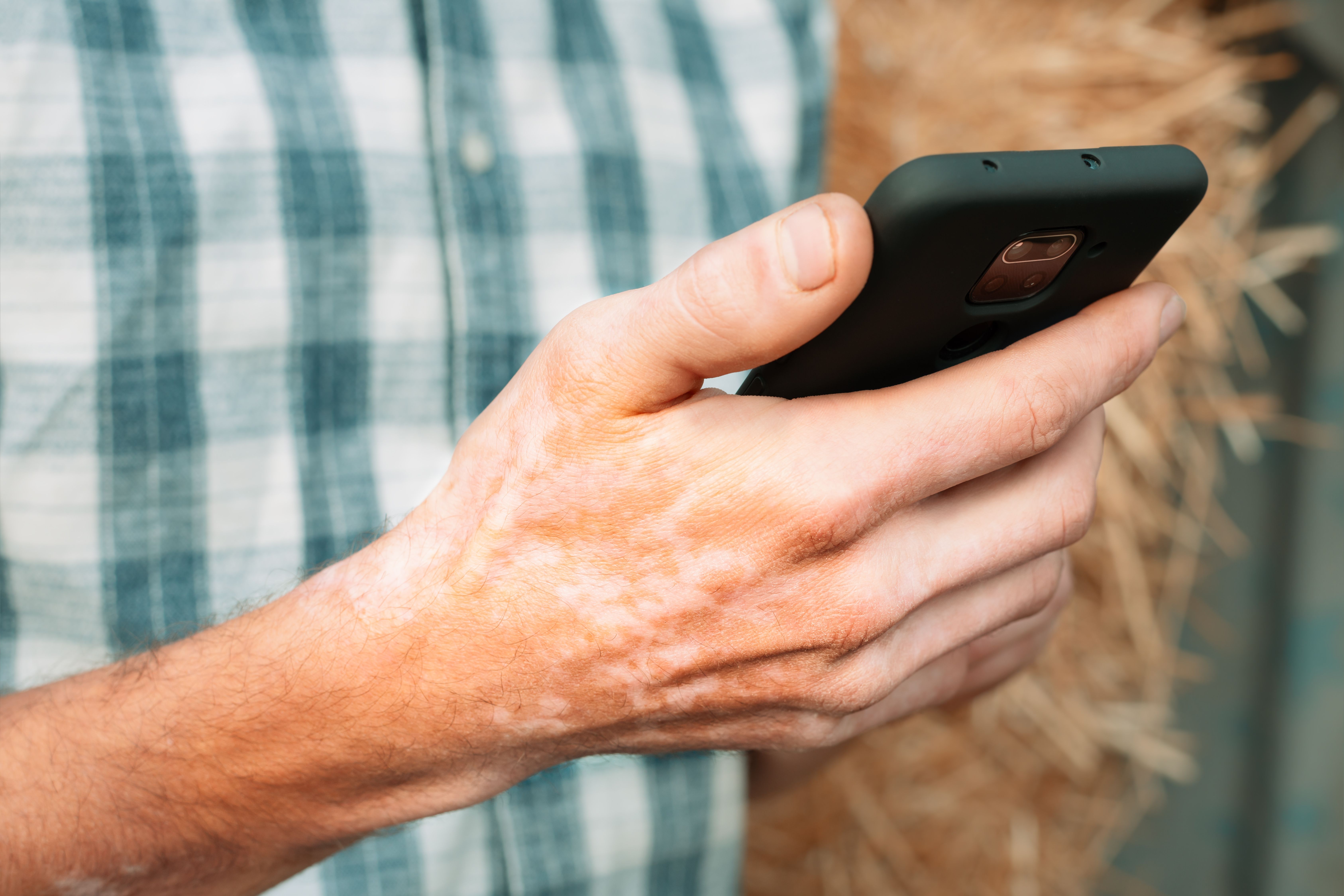- Case-Based Roundtable
- General Dermatology
- Eczema
- Chronic Hand Eczema
- Alopecia
- Aesthetics
- Vitiligo
- COVID-19
- Actinic Keratosis
- Precision Medicine and Biologics
- Rare Disease
- Wound Care
- Rosacea
- Psoriasis
- Psoriatic Arthritis
- Atopic Dermatitis
- Melasma
- NP and PA
- Skin Cancer
- Hidradenitis Suppurativa
- Drug Watch
- Pigmentary Disorders
- Acne
- Pediatric Dermatology
- Practice Management
- Prurigo Nodularis
- Buy-and-Bill
Article
Environmental UVB exposure reduces risk of 16 cancers
San Francisco - A new study is providing additional support for the controversial hypothesis that exposure to solar ultraviolet B (UVB) protects against many forms of cancer through photosynthesis of vitamin D.

The idea was first proposed in 1980 and is supported by a growing body of literature.
In the most recent paper, published in the August volume of Anticancer Research, lead author William B. Grant, Ph.D., of the Sunlight, Nutrition, and Health Research Center (SUNARC), San Francisco, drew upon existing data on rates of age-adjusted individual types of cancer as plotted by the National Cancer Institute, and overlaid that with an index of UVB radiation at noon in July, when UVB is at its strongest.

The work substantiates and goes beyond earlier studies because Dr. Grant used multivariate analysis for other factors that influence the risk of cancer, such as smoking, alcohol use and ethnic origin. Controlling for those factors, "I still get a very robust finding between my index of vitamin D production and risk reduction for 16 types of internal cancer," he tells Dermatology Times.
Geographic distribution
Cancer rates are higher in the northeastern United States and lower in the South and West, where there are higher levels of environmental UVB throughout the year and greater exposure through outdoor activity.
"Many factors affect incidence, but once you get cancer, the other factors are not as important as vitamin D. It helps reduce angiogenesis around tumors, metastasis, assists cell differentiation and apoptosis and calcium metabolism," he says.
Previous work by colleagues associated with SUNARC determined that 1,000 IUs to 1,500 IUs of vitamin D per day are required to make a significant (30 percent to 50 percent) reduction of the risk of cancers.
The current dietary reference intake for vitamin D by the Institute of Medicine (IOM) is 200 IUs per day for persons under age 50 and more for those who are older. But there is an emerging consensus that the figure is too low and the IOM is in the process of revising that guidance. A typical diet in the United States generates only 250 to 300 IUs per day of vitamin D.
How much sun is enough?
Still, most dermatologists strongly oppose recommendations that people increase sun exposure to generate more vitamin D, as sun exposure is the major risk factor for skin cancer.
"Most people throughout the course of the day, going back and forth to the car or the office, get all the sun exposure that they need to generate adequate levels of vitamin D," Mark Nestor, M.D., Ph.D., says.
The clinical associate professor of dermatology at the University of Miami School of Medicine says the future for increased levels of vitamin D for those who need it will be through supplementation, both added to foods and taken directly, "the way that some people take 500 mg or 1,000 mg of vitamin C."
"My problem with dermatologists is that they just look at the skin, they don't really look beyond that," Dr. Grant says. "They are starting to acknowledge that yes, you need vitamin D, but they haven't acknowledged how much people need and that it can be administered through sun exposure."





